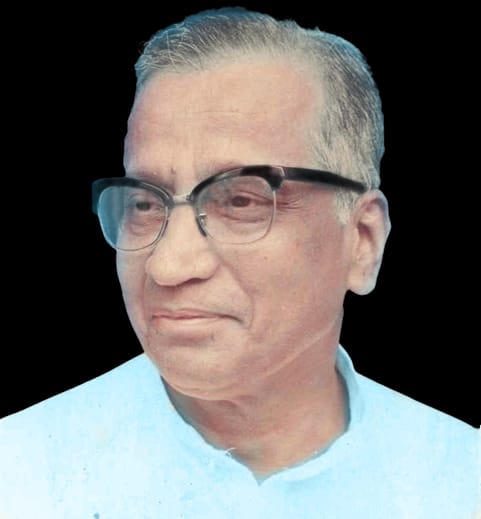Abstract
This paper examines the relations between social capital (cooperation for collective action) and natural capital (sustainable use of community forestry resources) in three regimes with a view to understand the role of state and civil society. The paper argues that the government in Joint Forest Management (JFM) regime has adopted legal instruments (rules/constitutional status), individual or group incentives and training for accumulating social capital among villagers for developing and protecting the forests. While the social capital in Community Forest Management (CFM) has come mainly from the initiatives of the local communities, youth clubs, NGOs and network. In the Village Forest Panchayat (VFP), deepening of representative democracy with constitutional status and enlightened leadership is responsible for collective action.

